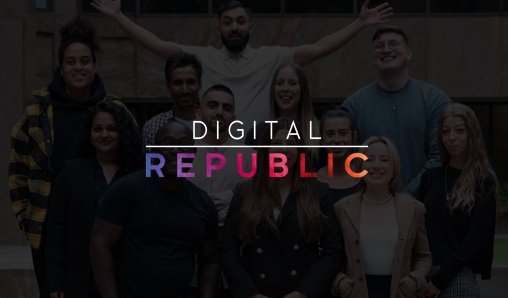
How Adidas’ Push Into Dynamic Digital Creative Helped Soften Blow Of Poor Sales
https://www.youtube.com/watch?v=V_ozu_7Xweg
Despite store closures and lost sponsorship deals causing sales to nosedive, a big push into dynamic digital creative has helped lessen the blow for Adidas, which has seen e-commerce grow 93%. The Drum finds out how the sports giant, that has its sneakers on the floor of 160 markets, adopted a personalisation-at-scale approach to keep its customers engaged online.
When Adidas announced that its Q2 revenue sales were down 34% it came as no surprise. At the height of the pandemic, 70% of its stores were closed, and it also lost out on sales from what promised to be a bumper summer of sport, including its sponsorship deals at the Tokyo Olympics and Euro 2020.
While the loss is hard to sugarcoat, Adidas’ global lead for digital growth, audience and media personalisation, Marcus Cho, believes the sports brand’s investment in digital advertising helped cushion the blow, with it ending Q2 with e-commerce sales up 93%.
Adidas began strengthening its digital capabilities back in 2015 when it announced a five-year strategy called ‘Creating the New.’ Describing itself as a digital company, the sports brand made it clear that it thought the future would be digital and set about strengthening its customer ties online.
In 2017, it expanded its digital presence by introducing the ‘Adidas App,’ offering an Adidas experience tailored to users’ preferences and behaviours. And then a year later it welcomed Creators Club – a membership programme that rewards customers with exclusive access to products, experiences and services in exchange for their time and advocacy.
And the hard work paid off as Adidas’ app has seen a four times sales growth in 2020 so far, while 60% of its total online sales were done through its Creators Club.
“Continuously investing in digital tools has made a lot of synergy during the coronavirus situation,” Cho says. “Because we were really prepared to run our e-comm model.”
Active in 160 markets, Adidas has its sneakers on the floor in countries that beyond being culturally diverse, are dealing with Covid-19 in varying degrees of constantly changing intensity. “The challenge we faced was how can we respond rapidly to the market situation,” Cho recalls. Five years ago, it would have found this a way bigger ordeal, yet Adidas’ adoption of cloud technology has revolutionised how it communicates with its global audience online.
In the past, Cho says Adidas would have worked with the traditional model, meaning it would have worked with a creative agency to create content from scratch for each individual country which is particularly time-consuming and expensive.
In recent years it started working with content automation platforms to help it deal with the challenges of managing the volumes of content needed to keep it engaged with its markets. “But this kind of digitalised content automated process helps us to immediately adjust and personalise our messaging dynamically,” he claims. For some markets, it uses Celtra tech to execute paid media campaigns.
Working alongside with its media agency MediaCom, when the pandemic hit, Adidas’ global media and performance marketing teams worked tirelessly with its digital content and brand communication and operation teams, together with market leaders. It straight away shelved its planned 2020 content strategy and started converting its basic brand messaging against the evolving situation. “Collaboration was key to success because we had to adjust our existing processes with our big organisation,” Cho insists.
In response to the coronavirus outbreak, Adidas devised a #HomeTeam campaign to help people keep active while staying at home, which it’s chief exec Kasper Rorsted claims was its “most effective” campaign yet at engaging customers, with the campaign video racking up over 400m views.
The premise of the campaign was to provide daily content solutions to keep people motivated while they were in lockdown and Adidas’ creative automation tools enabled it to personalise the content depending on the market. “We centrally launched the #HomeTeam campaign. With people wanting to exercise at home, we consolidated the communication message into one voice to encourage people to get into sports,” Cho says. It has now done the same with Adidas’ campaign #ReadyForSport, its first global, fully integrated campaign since Covid-19 hit, utilising Celtra’s platform to plan content that seamlessly works in any market.
While Adidas claims it expects a return to profitability in the third quarter, that comes with the far from the guaranteed caveat that there are no further lockdowns. Either way, Cho is hopeful that this boost in e-commerce business will continue. “It’s going to remain strong because now the behaviour is learned,” he insists. “People now know how convenient it is to purchase products online and that a company like Adidas can provide the total brand experience with convenience.”
Originally posted by Imogen Watson
Found this article interesting? You might enjoy reading this one too.
Are you a digital practitioner who has got more questions than answers during these uncertain times?
Contact us submitting a quick form here. We are here to support you!
Cloud, data science, digital analytics, programmatic or optimisation expert, and looking for a job at the moment? Check out our latest vacancies here



